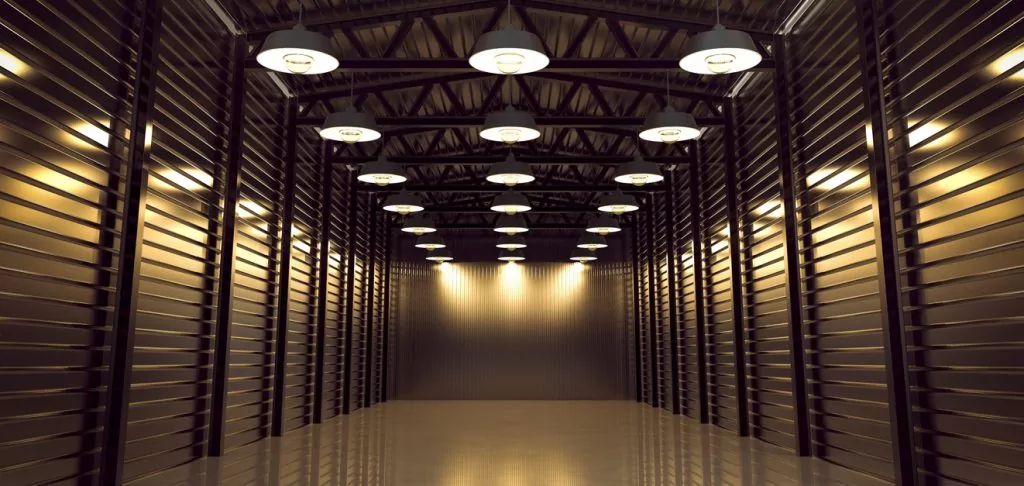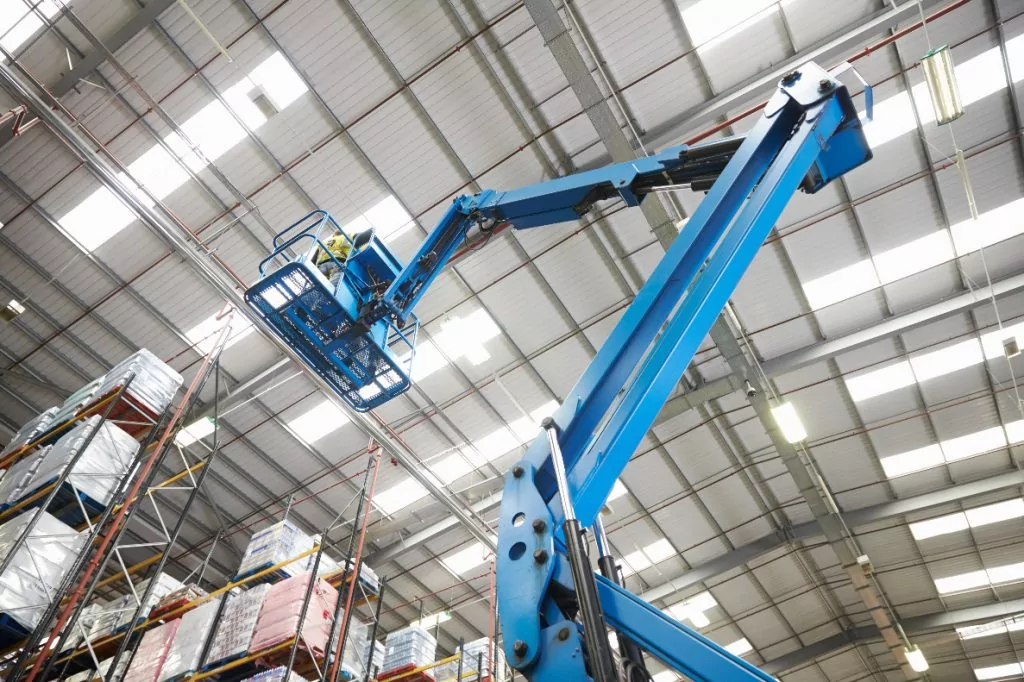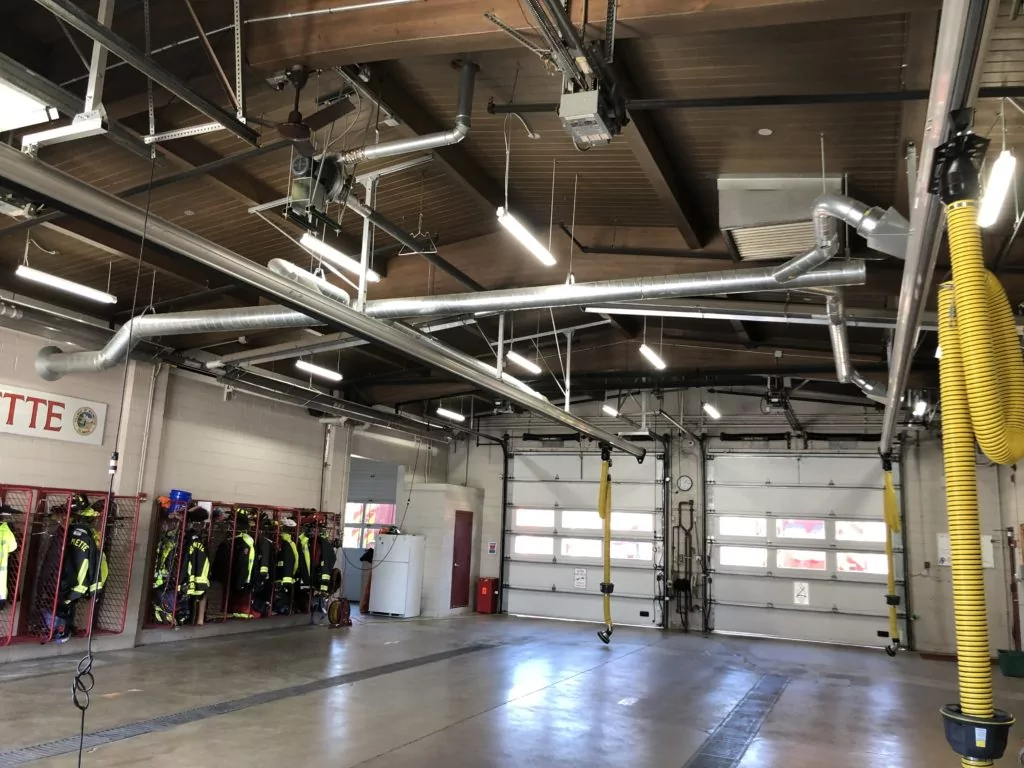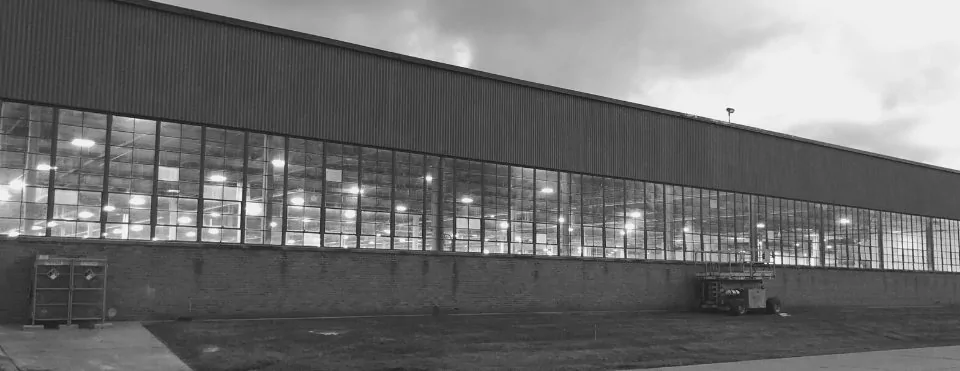What Does a Ballast Do for LED Lighting?

Aug 23 2023
What Does a Ballast Do for LED Lights?
A ballast is a device that regulates the flow of electricity to an older style of light bulb, like fluorescent and high intensity discharge (HID) lamps. It is used in lights to ensure that the bulbs operate at the correct voltage and current. Ballasts are not necessary for LED lights, as LEDs do not require the same level of regulation.
Instead, LED lights use a driver to convert the Alternative Current (AC) power in our grid to Direct Current (DC). But some LEDs can have both a driver and work off an old ballast, but most operate most efficiently with only a driver in the mix.
How Does a Ballast Work?
A ballast works by converting the incoming AC (alternating current) voltage to a different voltage that is suitable for the light bulb. It also provides a starting current that is higher than the operating current, which helps the bulb to start up. This is unique to each bulb and each manufacturer, so often we need to check compatibility of fluorescent lamps with the ballast. It can be a pain to make sure you get it right, and there are literally thousands of different ballast types.
Most of our power grid in Illinois and the US works at 120 volts. This is the standard, although it can fluctuate up and down a few here are there, and ballasts and drivers can typically handle some fluctuation. But large deviations can hurt LED drivers, so grid stability gets more and more important as we see more and more LEDs in the market. However, a good brand of LED driver is more likely to have been tested and able to handle changes, as opposed to a small LED driver manufacturer that is focused on the cheapest product possible.
Types of Ballasts
There are two main types of ballasts: magnetic ballasts and electronic ballasts. Magnetic ballasts are older and less efficient, but they are also less expensive. Electronic ballasts are newer and more efficient, but they are also more expensive. Electronic are less analog, although they still use very basic electronic principles that have been around for decades.
Both ballasts have copper inside of them, usually wrapped around a pole inside to help change the voltage. The more copper is typically inside the older magnetic ballasts, and these can be recycled for a lot of value. New ballasts have less copper, but still worth something when recycled.
Do LED Lights Need a Ballast?
LED lights do not need a ballast. LEDs are self-regulating, which means that they do not require the same level of voltage and current regulation as fluorescent and HID lights. This makes LEDs more efficient and longer-lasting than traditional light bulbs. However, they typically cannot operate off of the 120V that is standard in our grid in Illinois and the US. Therefore, they do need a LED driver, to step the 120V down to what they typically use, which is closer to 12V. While not super expensive, they are critical since LEDs are sensitive and won’t work outside of a very narrow range of voltage.
Can LED Lights Work with a Ballast?
Yes, LED lights can work with a ballast. This is typically called a Type A LED retrofit. The ballast takes the 120V power, converts it for the fluorescent lamp, and then the tube takes that voltage and adjusts it to DC inside of the lamp. Pretty innovative, although not without its downside as well.
- The ballast must be compatible with the LED lights. This can be a challenge if the exact ballast has not been used over the years in replacements, common in larger buildings.
- The ballast may not be able to provide the correct amount of current for the LED lights.
- The ballast may not be able to dim the LED lights.
- The LED lamp must have an internal driver to step the power down to the 12V it needs. This is often all inside and not something you can see, so you must read the directions and spec carefully.
If you are considering using a ballast with LED lights, it is important to consult with a lighting professional to ensure that the system will work properly.

Benefits of Using LED Lights without a Ballast
There are a few benefits to using LED lights without a ballast:
- Increased efficiency: LED lights are more efficient than traditional light bulbs, and they do not require a ballast, which can further improve their efficiency. If you leave the ballast in place, it is likely to pull some power just for itself, so raising the wattage of the light system.
- Longer lifespan: LED lights have a much longer lifespan than traditional light bulbs, and they do not require a ballast, which can further extend their lifespan. Ballasts are a common failure point in a lighting system.
- Reduced maintenance: LED lights require less maintenance than traditional light bulbs, and they do not require a ballast, which can further reduce maintenance costs. Why have both a LED driver and ballast, if you only need a driver?
When you are considering a Tubular LED, or TLED, people often consider a Type B. This lamp works off of the 120V in a buildings power, but has a small LED driver that can step down the power to 12V. These are very popular because of their low cost and relative low labor to install. However, they do last a lot less longer than Type C retrofits or new LED fixtures, so that is important to consider. From our experience, the utility rebates are so much higher for Type C and new fixtures, it is better ultimately to use those styles, as the final cost is lower and they last longer.
Conclusion
LED lights do not need a ballast. This makes them more efficient, longer-lasting, and easier to maintain than traditional light bulbs. If you are considering using LED lights, it is important to consult with a lighting professional to ensure that the system will work properly.
In addition to the benefits mentioned above, LED lights also offer a number of other advantages over traditional light bulbs, including:
- They produce less heat, which can help to reduce energy costs and improve comfort.
- They are available in a wide variety of colors and styles.
- They are dimmable, which can be useful for creating a variety of lighting effects.
If you are looking for a more efficient, long-lasting, and versatile lighting solution, LED lights are a great option.
Featured Posts

Mar 15 2021
Energy Savings Formula
In 2002, I became a firefighter in the north suburbs of Chicago. I was young and idealistic - loving almost every part of the job. However, I had another secret passion - sustainability. In addition…
Continue Reading >

May 02 2019
Verde Energy Efficiency Experts 10 Most Sustainable Companies in Chicago
In our energy efficiency consulting firm, we constantly look for inspiration from local companies that lead and innovate in clean energy and sustainability. Not all companies have billion dollar budgets, but that doesn’t mean that…
Continue Reading >
Related Articles

May 30 2024
Energy Efficiency Lighting Systems in Hotels
Lower Energy Cost Hospitality with LED Lighting Systems In today's environmentally conscious world, hotels are increasingly looking for ways to reduce their impact. Energy-efficient lighting systems are a powerful tool in this effort, offering a…
Continue Reading >

Aug 29 2023
The Importance of Converting to LED Display Case Lighting
Light emitting diode (LED) lighting is quickly becoming the standard for display case lighting. This is due to a number of advantages that LED lights have over traditional lighting technologies, such as incandescent and fluorescent…


